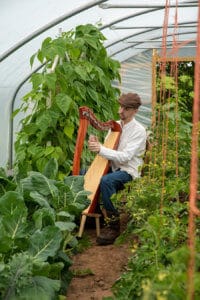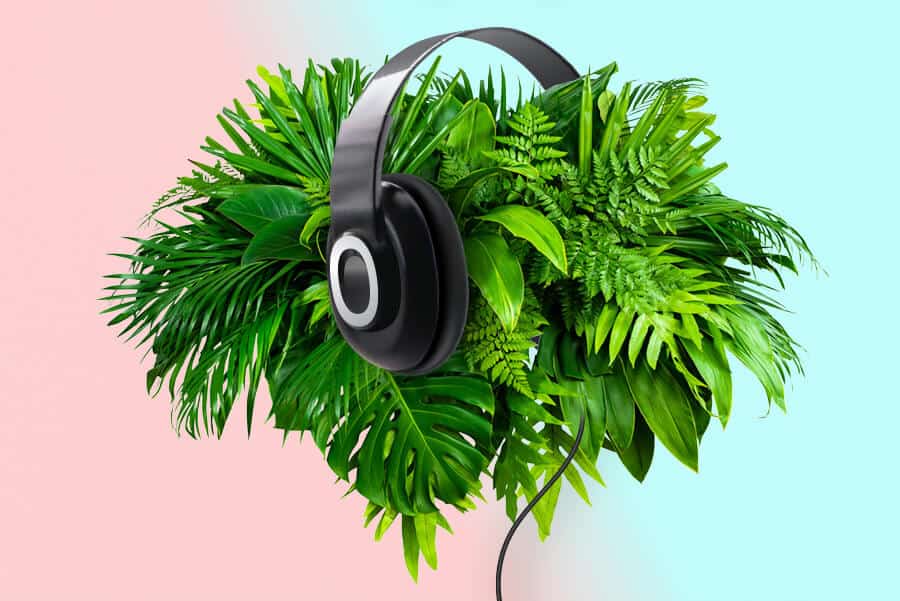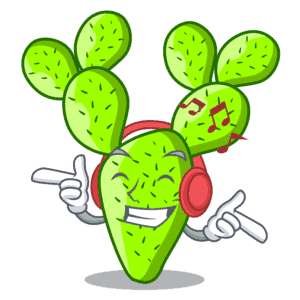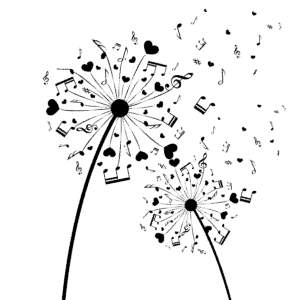Plants make up so much of the world. Through its various designs, plants serve an impactful purpose for our well-being, health, and development. What about the well being of plants? Throughout these crazy times of climate change, the importance of plant awareness has grown to an all time high. We, as a global society want to help the best way in order to improve plant growth. What if, one positive effect is music? Music has the ability to heal the soul, and fuel purpose and strength for human kind. What about for plants?
What Is the Relationship Between Plants and Music
The relationship between plants and music: There is nature all around us! As we explore, there are many other livings and breathing entities that share the wide space of earth with us.
The green and organic presentation of plants fill our land with oxygen, quality air, and overall create better mental wellbeing.
As we venture into the urban worlds of modern-day cities and metropolitan environments, owning plants have become a necessity for a well-structured healthy lifestyle.
As we feed them with the proper nutrition and water, we should bask in the idea of giving our plants a much-deserved pampering for optimal growth.
Therefore, scientists have been delving into the idea of music and its correlation with plant growth. Can music actually help plants grow? Is music harming plants ability to develop?
Through various studies, scientist concluded miraculous findings and conclusions that may surprise you!
Music and Plants
There is continuous overall mystery surrounding the understanding of plants and its responsive activity to the vibrations of musical sounds or sound waves. For humans, sound is transferred in forms of waves that travel through passages such as water and air.
The waves create a vibration that results in our ears vibrating simultaneously. It is then converted into energy and passed in to the brain in order to distinguish and interpret the sound.
For plants, the same waves and vibrations are responses from various sounds. The living matter found in plant and animal cells, called Protoplasm, begin to move.
This movement could improve or negatively affect the growth performances of different plants.

Head of Botany Department at India’s Annamalia University developed an experiment with musical sounds on the growth time and rate of plants. This 1962 experiment resulted in the plants growing 20% faster than the average rate and 72% in biomass with the exposure of music. Dr. T.C. Singh even went further to detect what kind of music the plant growth accelerated with. The experiment concluded that regardless of classical music or the improvisational rhythms and sounds of raga, the plants still had similar growth effects.
From there, Singh experimented with different kinds of plants using a specific type of raga musical interpretation, but this time played on a loudspeaker. The experiment concluded that the plants did increase from 25% to 60%, which was actually above their regional average size.
India’s most ancient dance style, Bharata-Natyam, had no musical backing. Singh wanted to study this notion even through this experiment.
It concluded that plants, such as marigold, flowered two weeks ahead of their development schedule. Singh sounded off on the overall experiment that the sound waves created by the violin could be a strong source of plant growth.
But what about music’s effect on seed development? Following Singh’s rigorous research, Canadian engineer, Eugene Canby, created an experiment with wheat and J.S violin sonata. The engineer concluded that the seeds had a 66% increase in yield.
Indian physiologist and physicist, Sir Jagadish Chandra Bose, concluded through various research methods that the plants are in fact reacting to the attitude and approach they are being handled or nurtured.
His research also explains that plants are sensitive to elements such as heat, cold, and light.
Tested through multiple experiments, the physiologist determined that these effects along with noise can affect the plant’s cell membrane and questioned that feel emotions as well.
Pain, but also loving attentiveness.
What are Plants’ Favourite Music?
Now that the scientific research has shown positive inclining on the correlation with music and plant growth, what is plants favorite type of music? With the heavy and dramatic intensity of the sounds of Led Zeppelin and Queen, a study conducted in 1973 centered around rock music and plant development. Leading the experiment, Dorothy Retallack, found that the plants listening to rock music (growing in front of a speaker) almost immolated a retrieving nature as the plants grew away from the sound! Judging from the experiment, plants may not be too fond of rock music! So, what about country or jazz?
According to DenGarden.com, country music found the same reaction as rock music, while jazz showed mild plant growth effectiveness.
Musical influence of plant growth has spread all around the world and have been used for many benefits for agriculture.
A South African wine estate, DeMorgenzon, began exposing their grape production to baroque music in 2008. In a developing experiment, they produced music for a portion of the grapes, and not for the other.
The experiment concluded no negative results on the music immersed grapes, and in fact increased development and productivity for the winery.
Plants Need Love Too
I have never given much thought to how much music impacts other living things, other than the human species. The musical design has the ability to feed not only your emotions, but it can fuel the strength of a person, and now discovering, plant life. It is through many more research and development; scientists are discovering more positive effects of plant growth through many different avenues. As the development continues, it is important to also nurture green life with the upmost respect and gentleness.
Through the efforts of climate change awareness, we can continue the conversation on making our planet, a greener tomorrow.
So, the next time you see your fragile plant yearn for loving attention, allowing your plant to soothe its soul to some lo-fi or classical orchestral music, maybe the love it is dying to have.
Photos: Shutterstock / Photomontage: Martina Advaney
Plants are not the only thing music can connect with…
Support us!
All your donations will be used to pay the magazine’s journalists and to support the ongoing costs of maintaining the site.
Share this post
Interested in co-operating with us?
We are open to co-operation from writers and businesses alike. You can reach us on our email at [email protected]/[email protected] and we will get back to you as quick as we can.












